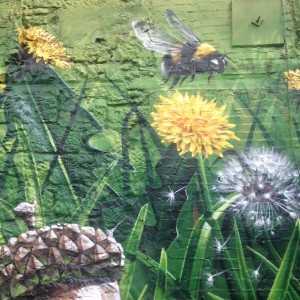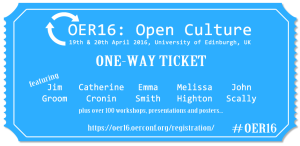…I would always suggest a vision should be supported by a policy, and a policy should be supported by a service and a service should be supported by recurrent funding…
Melissa Highton is Assistant Principal for Online Learning and Director of Learning, Teaching and Web Services at University of Edinburgh. Melissa and her colleagues support all of the learning technology activity in the institution including the development of Massive Open Online Courses (MOOC), open educational resources (OER), the open education portal Open.ed which was launched in early 2016, online and blended learning technologies and courses, digital skills development and audio visual support at the institution. Melissa regularly blogs in an institutional capacity, sharing ideas and what is happening at Edinburgh:
…I think it’s important to let people see how the people who are shaping activity at the institution think and to be transparent about that.
The Centrality of Openness
Since joining The University of Edinburgh two years ago Melissa described how the team had furthered the openness agenda that is central to “high-level strategy” at the institution:
…what we’ve done in the last two years is really to tighten up the thinking about OER and what those various different definitions of OER mean. Edinburgh has a lot of MOOCs activity which is open in some ways but not in others.
We are looking at how the material in the MOOCs and other learning material, our day-to-day learning materials, and the content of our collections and various assets of the institution can be supported in making sure that the licenses on them are open licenses and that they are available for reuse.
This work hasbeen significant for Edinburgh University because it aligns very well with the University mission, as a civic university, to make knowledge open not just within the University but also within the city, Scotland and for the rest of the world…
University of Edinburgh’s mission develops the aims of the Edinburgh Settlement which encouraged university students and professors to work together with local communities to improve life and opportunities for all: “The OER vision for University of Edinburgh has three strands, each building on our history of the Edinburgh Settlement, excellent education, research collections, enlightenment and civic mission.” [REF]
These three areas are central to informing policy and practice at Edinburgh. As Melissa described it, the focus is very much on creating an “open culture” where open practices can thrive. Simultaneously there was also a clear drive for a more open approach from both staff and students. The Edinburgh University Students Association were “very clear that they wanted a lot of the material to be open” whilst educators were keen to be more open in their practice but needed support to do so.
Enabling Openness
University of Edinburgh developed a policy for all staff and students regarding the sharing, use and creation of OER. This policy is grounded in the University’s mission and was described by Melissa “enabling” as well as highlighting the “…value in sharing.” It provides guidance on attribution, encourages use of the CC BY license and advises where to share materials. You can read more about the development of Edinburgh’s policy in this complementary case study Active Evolution: Enabling Cultural Change at Edinburgh University (forthcoming)

To facilitate both the policy and open practice, it was also critical to provide support for staff and students so that they could ask questions about creating, sharing and using OER. It was similarly important to bring together expertise from library services, IT and other areas of the university. Melissa talked of the positivity that staff had regarding OER and open practice but noted that there had been an “open literacy barrier” previously with uncertainty from staff and students as to what license they should use, where OER should be shared etc. This is where the support service has a vital role to play:
I think what we’ve done at Edinburgh is to plan right from the beginning that any vision and policies will be supported by a support service which is available to all the members of the university.
In conjunction with this service, Edinburgh’s new open.ed portal [http://open.ed.ac.uk] also provides a go-to place for resources, information and advice on open education:
Open.ed has provided a focus for people to see all that activity together rather than it being disparate around the institution … it helps colleagues to feel part of something when they can see all the activity that’s going on from other people … has been very good for establishing an open knowledge network within the institution…
Sustainability through openness
Developing an “open culture” brings specific benefits to an institution in the long-term. Melissa described how creators of content at Edinburgh, by using an open license or providing information about how they would like their material to be used and attributed, facilitates both short and long-term reuse of the material both within but also without the institution:
…for the whole of the future now I know very clearly what we can do with that material … so in terms of sustainability having the material clearly licensed under an open culture license has significant benefits to the institution in terms of time and effort and ownership of our own content.
Clear licensing also avoids having to duplicate effort or avoid using a resource:
If we pay attention now to the licensing on our material, it saves us the time and effort of checking licenses of legacy material. And the time we would have to spend … is a cost and it’s people’s time…

The idea of an “open culture” is brought sharply into focus here: in order for openness to be sustainable it must be embedded into practice, not only that of content creators but also other members of staff such as IT experts who choose whether an open or proprietary system will be used. The importance of infrastructure and the need for everyone to ensure that open is a priority was the theme of OER16 and focus of Melissa’s keynote Open with Care… As Melissa described it in our interview:
…not being open is a risk and not being open will cost us money in the future.
Where next for Edinburgh?
Edinburgh will be continuing to develop its existing open services, OER and offerings over the coming months, with a particular, continued emphasis on its students as “global citizens.” Reuse and adaptation of both colleagues and others materials from around the world facilitates this aim by:
…giving us an opportunity to diversify and internationalise our curriculum by taking some of the best examples from other places in the world and adapting them to our local context and including them in our curriculum…
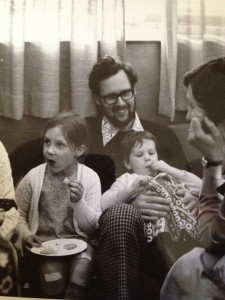


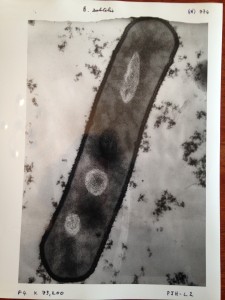
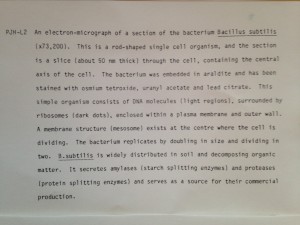
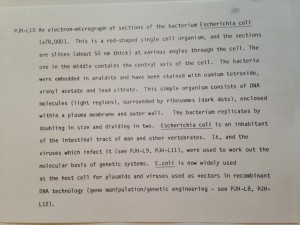
 A recently published OEPS Case study by
A recently published OEPS Case study by 


